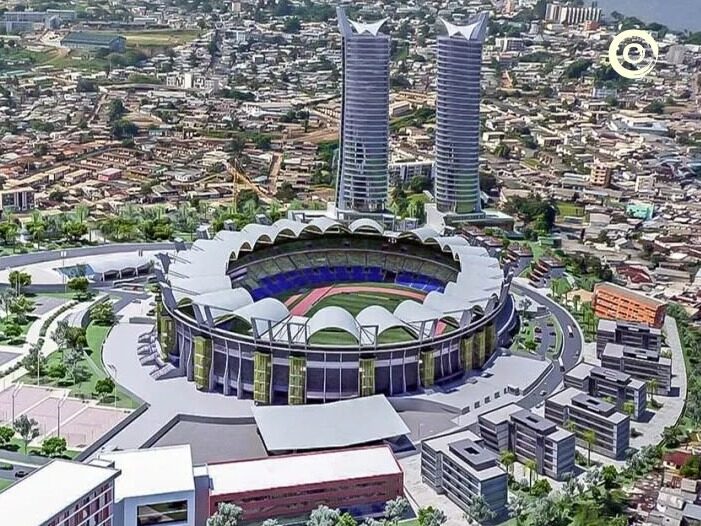- Shanghai focuses on the layout of scenery, with wind power development mainly offshore and supplemented by onshore

On May 15, 2022, the Shanghai Municipal People's Government issued a notice on printing and distributing the "14th Five-Year Plan for Shanghai Energy Development". The "Notice" pointed out that Shanghai will vigorously develop renewable energy, and renewable energy will be concentrated and distributed. Parallel transformation. Implement the "Photovoltaic +" special project, combine land and roof resources, promote the development of photovoltaics by industry and field, and strive to increase the scale of photovoltaics by 2.7 million kilowatts. Offshore wind power focuses on promoting the development of wind power in the three major sea areas of Fengxian, Nanhui and Jinshan, and explores and implements demonstration pilot projects of far-reaching sea areas and onshore decentralized wind power, and strives to increase the scale of 1.8 million kilowatts. Combined with the utilization of waste resources, the construction of biomass power generation projects will be promoted, and the new scale will be about 400,000 kilowatts.
Layout optimization of major energy facilities
Accelerate the improvement of the "5+X" power supply layout in Shanghai. Combined with the transformation of Wujing area and the expansion project of Shanghai LNG station line, the functions of five major power supply bases in "Caojing, Lingang, Waigaoqiao, Shidongkou, Wujing-Minhang-Fengxian area" will be improved. Study the layout of large-scale gas-fired power generation bases in Minhang Power Plant. The Wujing-Minhang-Fengxian regional power base will gradually shift from equal emphasis on gas to all gas-fired power, and accelerate the promotion of Wujing coal-fired power and other capacity off-site replacement. The Lingang power bases are all gas-fired power bases, the Caojing and Shidongkou power bases are mainly clean coal power, and gas and power are developed collaboratively, and the Waigaoqiao power bases are all clean coal power. "X" refers to scattered power points such as Qingpu Baihe and Chongming Tuishan Port.

Promote the coordinated distribution of natural gas facilities and network sources. After the completion of the Shanghai LNG station line expansion project, in line with the "7+1" multi-gas source and multi-channel pattern, efforts will be made to improve the "three ring network" structure of the natural gas main pipeline network. Deepen the demonstration of the west line of the Baoshan-Chongming River Crossing Pipeline, promote the transformation of the 6 MPa main pipeline network from the C-shaped to the O-shaped, and study the planning and layout of LNG storage and transportation stations in the area along the river in Baoshan to alleviate the weak natural gas pipeline network in the northeastern region. Optimize the 2.5 MPa ring network in Pudong area, strengthen the 1.6 MPa ring network in the city center, and provide support for the balanced supply of gas sources in the city.

Form a North-South mutual aid oil supply system. Combined with the urban planning of Gaoqiao area and the development of Xuhui Riverside, the city's oil supply system will be adjusted simultaneously, and Shanghai Petrochemical will play a more important role in the city's oil supply. Aviation oil has formed a "5+5" supply pattern. Hongqiao International Airport is mainly supplied through the Jinhong Pipeline, Pudong International Airport is mainly supplied through the No. 5 Ditch and the seaside oil depot, and is supplied through the Baihu Pipeline (crude oil is replaced by aviation oil) and the Puhong Airport Liaison Pipeline. Improve safety; Yunfeng aviation oil depot is adjusted to the Shanghai Petrochemical area, and together with the No. 5 ditch, Haibin, Hongqiao and Pudong International Airport oil depots have become the five major aviation oil reserve bases in Shanghai. Gasoline and diesel supply forms a "2+X" supply system. Gasoline and diesel pipeline transportation relies on Jinmin refined oil pipeline and the original Baihu naphtha pipeline with timely adjustment functions. Yunfeng refined oil depot is adjusted to Shidongkou area, and several refined oil depots are arranged. and pier. Marine fuel oil is mainly supplied by Yangshan Shengang Oil Depot. Keywords: infrastructure, infrastructure construction, domestic engineering news, planning and investment

Emphasis on both internal and external expansion of non-fossil energy development layout. The focus of non-fossil energy outside the city is to consolidate and expand the hydropower base in Southwest China, and actively strive for national coordination and support to deploy large-scale wind and solar power bases in Northwest China and other regions, and research and deploy nuclear power bases in East China. The non-fossil energy sources in the city focus on the layout of wind and wind power, with wind power mainly being developed offshore and supplemented by onshore wind power. Offshore wind power is mainly developed in the three sea areas of Fengxian, Nanhui and Jinshan. In Chongming, Pudong (including Jiuduansha), Jinshan and other coastal areas along the river, promote the development of decentralized wind power according to local conditions; focus on both centralized and distributed photovoltaic development, and centralized photovoltaics focus on promoting fishery and solar complementation, water and solar complementation, agriculture and photovoltaic complementarity and transportation. Photovoltaic development is mainly located in Chongming, Qingpu, Fengxian, Jinshan, Songjiang, Jiading, Pudong and other regions, supporting the construction of distributed photovoltaics and implementing the rooftop "Photovoltaic +" plan. Editor / Xu Shengpeng
Comment
 Praise
Praise
 Collect
Collect
 Comment
Comment
 Search
Search














Write something~